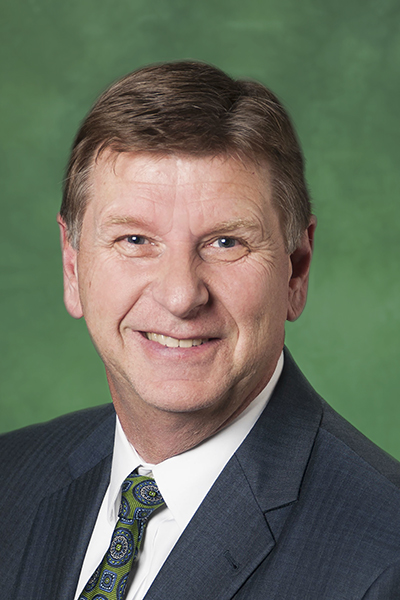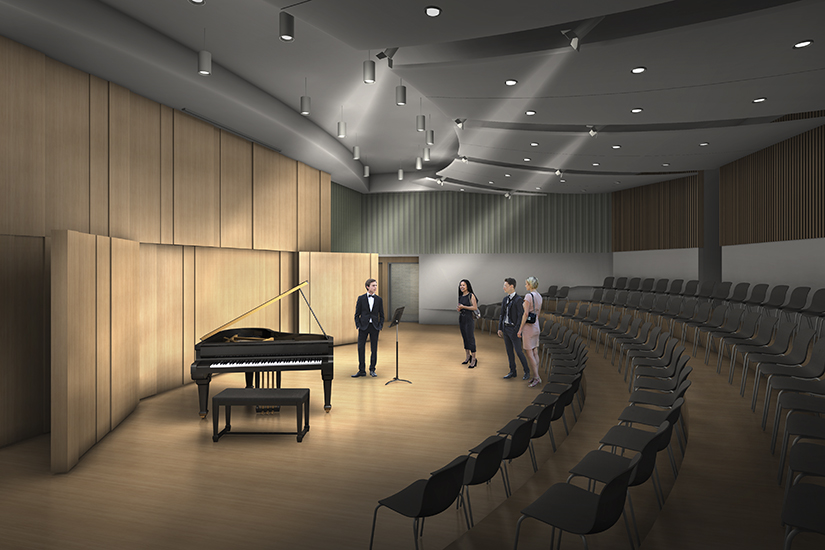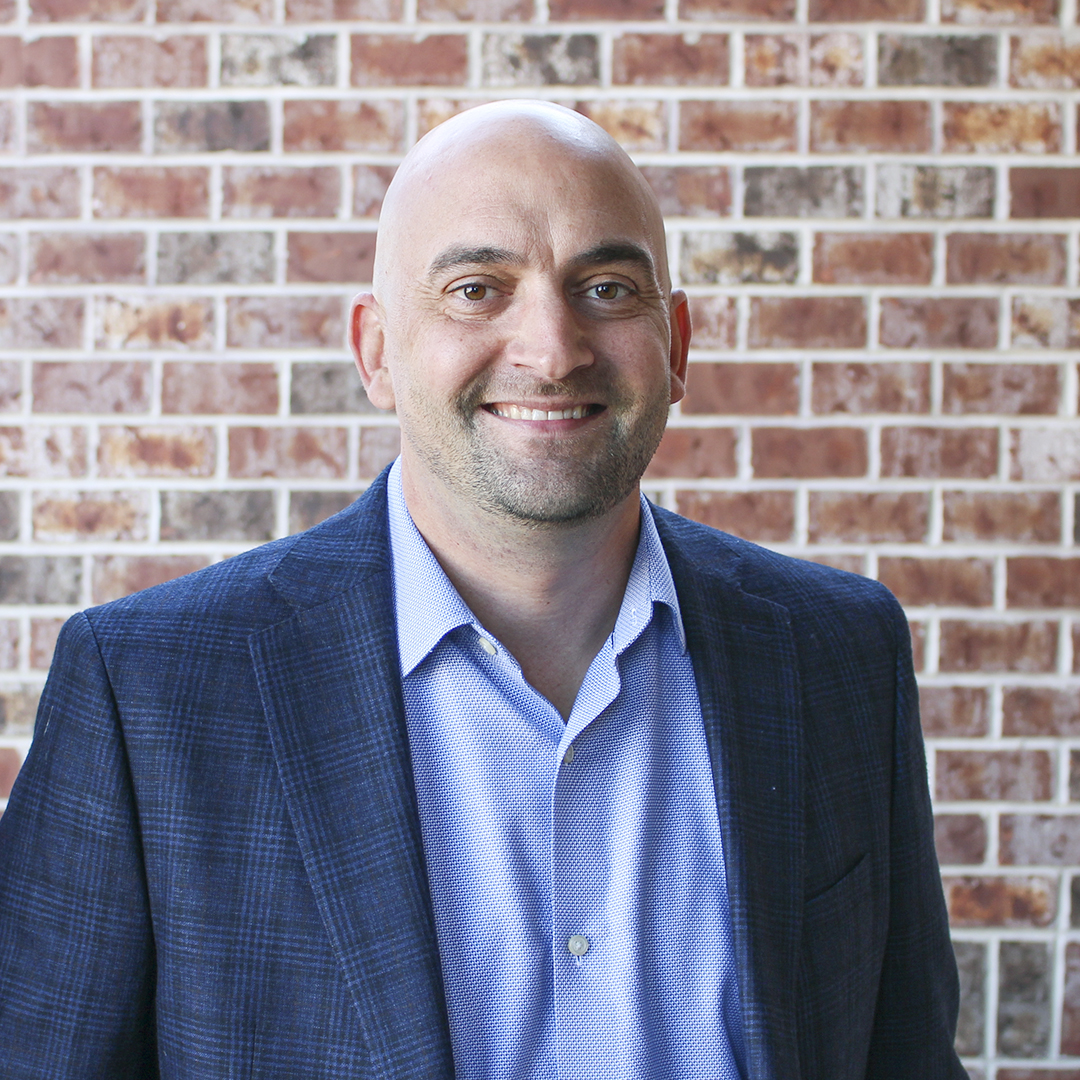|
Getting your Trinity Audio player ready...
|
David Reynolds is the master facilitator.
The associate vice president of facilities at University of North Texas looks to his engineering training to manage the complexities of his duties and staff, applying what he calls “engineering-ish” principles in order to build a strong campus and care for its 174 buildings and 900 acres of grounds.

University of North Texas
Photo by Sarah Stevens, University of North Texas Photography
Reynolds also brings a military background to the role. It is not uncommon, he says, for veterans to work in higher education, and Air Force civil engineering runs deep for him. Aside from his own 30 years in the service, his father served as a military engineer, giving Reynolds a “brat” upbringing.
After retiring as a colonel, Reynolds wanted to continue working and the move to UNT in 2013 was a clear path. He shifted from one large organization where a sense of service compelled him to another. In terms of facilities management, he says, “The only difference between the University and an Air Force installation is the runway—no runway at UNT!”
To succeed, Reynolds maintains the same core focus: communication, planning, organization, and staff development. While the Air Force provided more formal organizational training, he prioritizes and integrates training and engagement into the structure at UNT. He and his staff have a heavy workload with an impressive volume. At any given time, he has 100 projects going–with price tags ranging up to millions of dollars–that need varied skill sets for completion. “If people are not trained and prepared, they can’t do the work,” he affirms.

“We have pushed hard for training opportunities,” the AVP continues. Besides customer service and management, he has also brought in trainings on personal resilience and change management. His team even started a fitness project. Reynolds sees all this as critical, both in work and personal life spaces, for his staff.
Reynolds schedules many of his projects around two construction seasons, which fall in line with when students are off campus: summer and winter break. Over the short winter break, around 40 projects get touched, everything from piping work to replacing furniture in classrooms to major mechanical and electrical improvements. “There is a real need for speed,” he explains. Construction must be complete when students and faculty return.
“Because of my military background I love planning and contingency planning,” Reynolds says, knowing that it is important to have a plan and more important to be flexible and ready for the plan to fail. “You must understand the job and process,” he adds. “Sometimes there is an exam happening next door. You have to stop work because people can’t take exams with a table saw going!” He also cautions against super tight schedules because, he says, “Things come up.”

Aside from the larger projects, Reynolds and his maintenance team respond to around 3,600 work order requests every month. Anytime something breaks, his team deploys, not to mention the preventive maintenance they must accomplish. The constant deluge often leads to prioritization struggles. In 2018 Reynolds implemented a system to identify work order urgency. Using metrics and better customer communications, the new system takes some of the burden of decision-making, and sense of constant panic, off the staff. “It helps us keep a better eye on jobs and creates a better workflow,” he says. This means that there is space for other types of organizational development.
His team, comprised of maintenance technicians, designers, custodial workers, groundskeepers, architects, engineers, and project managers, works on tight budgets and short timelines. Reynolds conducts a constant search for better and more strategic business partners. Along with the 350 on-site staff, he manages contracts and oversight for outside support. He notes that it is critical to build solid business partners who understand the unique needs of working with higher education.
“It is my duty to take care of students,” Reynolds says. With almost 40,000 students and thousands of faculty and staff, he and his team have plenty to look after. Along with hundreds of other projects, since 2015 the VP of facilities has been turning an old business school building into an academic success center that houses career support, tutoring, and veteran affairs offices, among other services. “We are helping people graduate in a reasonable amount of time,” Reynolds adds, exemplifying the deep connection he has to the student-focused functions of the buildings and grounds.
In his six years with UNT, Reynolds has seen a lot of improvements, including major mechanical system upgrades, architectural renovations, and dramatic grounds improvement. He also talks with pride about the work the 100 custodians, each responsible for 40,000 square feet, can get done in a single night.
While he acknowledges that academics and faculty are the heart and soul of the institution, he also admits, “Students make decisions about attending a school based on appearance.” Students look at the environment. “We want to be a first-choice institution,” he says, knowing that to do so UNT must have excellent facilities. To continue building a campus and educations that last, Reynolds remains nimble, flexible, and always in pursuit of the next plan.


